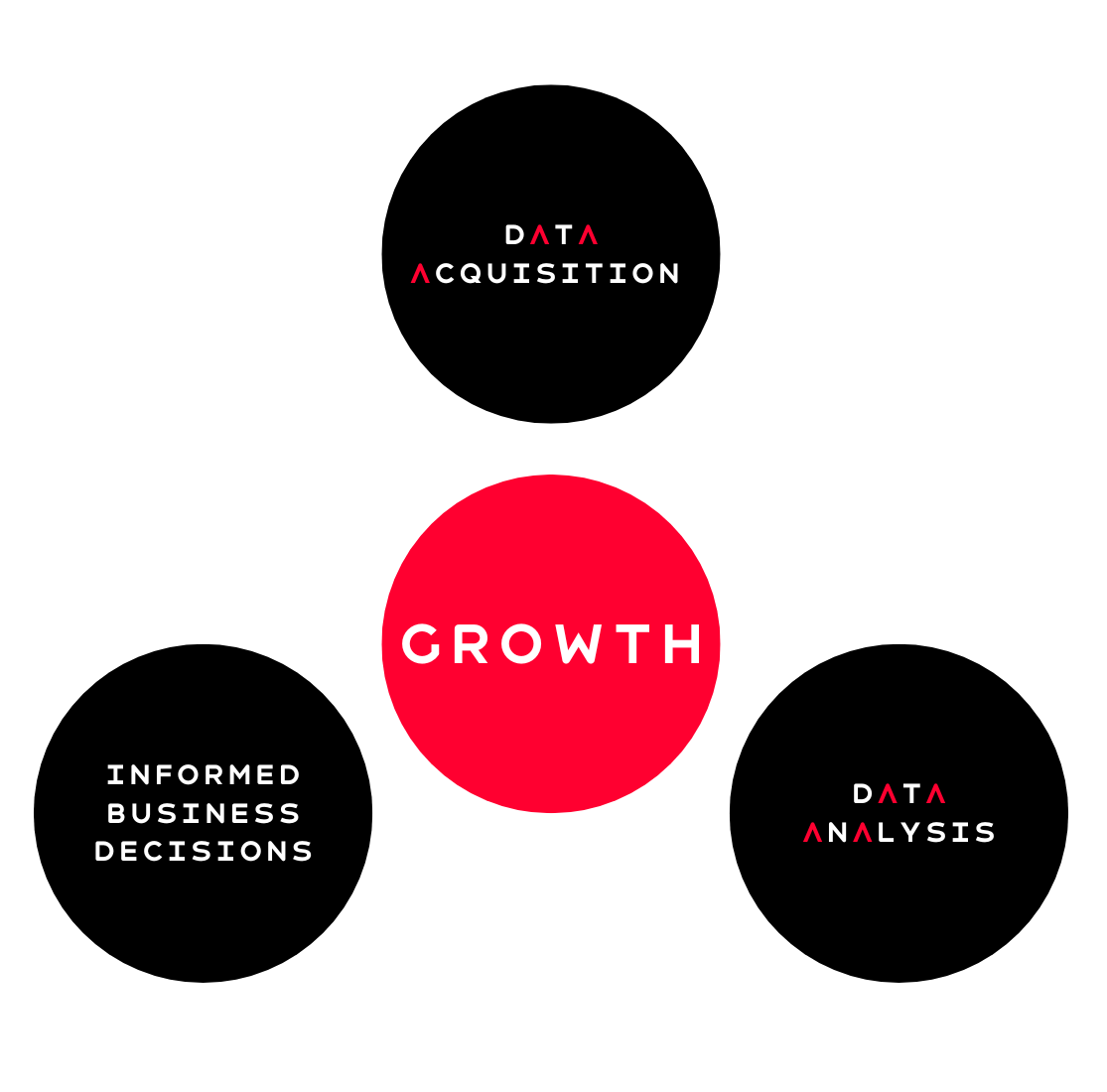Data Strategy
Data has become an essential asset for businesses of all sizes, including small and medium-sized businesses (SMBs). Despite the perception that data strategy is expensive to implement, it’s becoming increasingly important for SMBs to leverage data to remain competitive. A data strategy can help SMBs make informed decisions, optimize business processes, and improve customer engagement. It can also lead to cost savings and increased productivity by identifying bottlenecks and inefficiencies.
CREDEMA Data provides cost-effective solutions for SMBs to implement an effective data strategy, with a team that has a data-driven culture, robust data governance policies, an agile technology infrastructure, and skilled personnel to leverage data for business outcomes.


Data Flywheel
The data flywheel is a concept that refers to the positive feedback loop that occurs when an organization’s data strategy is successfully implemented. Our Goal at Credema Data is to create a self-sustaining, virtuous cycle that continuously generates value for your organization.
- Data Acquisition: The data flywheel begins with the acquisition of data from various sources, such as customer interactions, business operations, and market trends.
- Data Analysis: This data is then cleaned, transformed, and stored in a way that enables easy analysis and visualization.
- Informed Business Decisions: By applying data analytics tools and techniques, insights and trends are discovered that can help to make informed business decisions and drive growth.
- Positive Loopback: This is the most critical component that will decide the success or failure of any data strategy. The insights and value generated from the use of data lead to more investment in the data strategy, which results in the acquisition of more data, leading to better insights, and so on. This positive feedback loop creates a self-reinforcing cycle that generates increasing value for the organization, leading to improved decision-making, better business outcomes, and ultimately a competitive advantage. Sounds Good?
At Credema Data, our team will work 24×7 to achieve the ultimate objective, that is to create a sustainable data flywheel for your organization that continuously generates value and drives growth. We are fully aware and prepared to meet all the requirements of creating a self-sustaining data flywheel for your organization through our data-driven culture, robust data governance policies, an agile technology infrastructure, and skilled personnel who can leverage data to drive preferred business outcomes.
USE CASES
In today’s competitive and dynamic environment, as a small or medium business, you can well-understand the importance of data in making informed business decisions at the right time. As seen from our rich experience, in order to create an effective and meaningful data strategy, Defining and Monitoring uses cases, turns out to be the real key to success!
At Credema Data, we understand the importance of use cases in helping SMBs achieve their business goals. Our team of data experts is committed to working with you to define use cases, monitor progress, and drive business success through data-driven decisions.
Let’s understand the importance of use cases:
CREDEMA
CREDEMA DATA is an acronym that stands for Create, Develop, and Market a Data Strategy. Each of these tasks is essential for building a successful data strategy:


